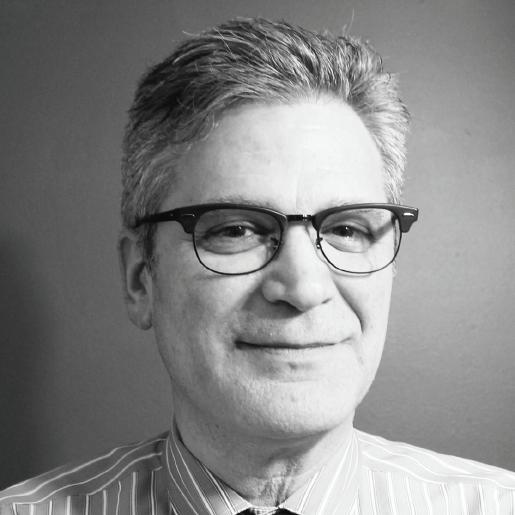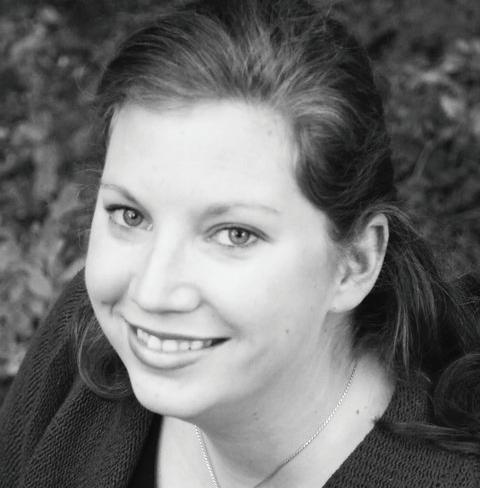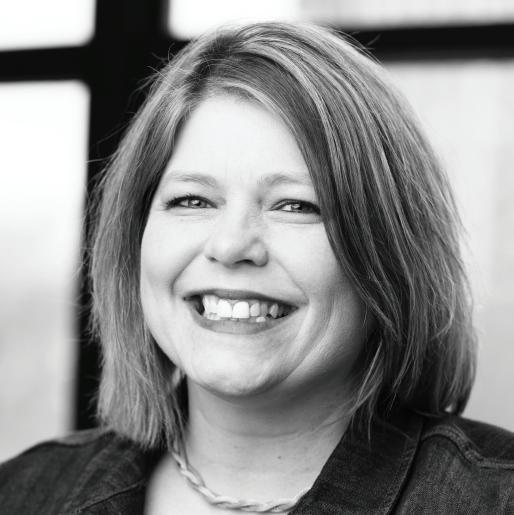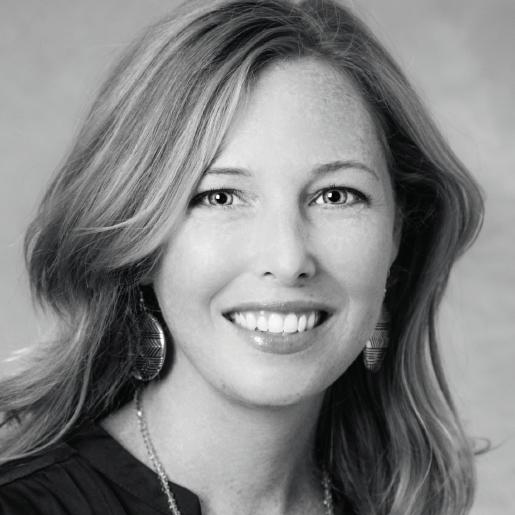
6 minute read
TREND REPORT
GREG DESANDY KAT PAYE LARISA DRAVES, CMP






DAVID C. MCKNIGHT JANET KORN LYN GLEASURE, CMP, CPCE LINDSAY KRAUSE
WHAT’S IN THEIR BAG?
Meeting and event pros offer insights on how they stay focused and effectively execute their plans with clients. BY ROGER GORDON
ONE OF THE MOST FREQUENTLY ASKED questions our editors hear at functions is what tools do other meeting and event professionals use to stay on track and keep organized.
After they completed voting earlier this year on the 2019 Hall of Fame honorees that appeared in the Summer 2019 issue, we asked several members of the Michigan Meetings + Events Editorial Advisory Board what works best for them. Here’s a look inside their planning bag.
“I use an app called Hootsuite,” says Greg DeSandy, director of sales and event services for Cobo Center in Detroit. “We have various teams within the department, including a customer service team and a social media team. We communicate with each other through the Hootsuite app. It’s very similar to a Google Doc, but everybody has access to it and can see everything as it relates to that subject. We use Google Docs, usually when working with a third party. We also use group texts and chats with specific customers and for specific events.”
“We use Office 365, a cloud-based server, for our team,” says Kat Paye, executive director for
the National Cherry Festival in Traverse City. “That’s how we collaborate as an organization, and that’s all tied into Outlook. The reason I use it is because it’s versatile on all platforms. I can see the same thing on my phone as I can see on my computer.”
“My favorites are Sticky Notes and Word. I usually make my own charts on the computer for various projects,” says Larisa Draves, CMP, owner of Draves and Associates in Stanwood and executive director of the Michigan Association of Convention and Visitor Bureaus.
Asked what tricks he has in his planning bag to overcome problems at functions, David C. McKnight, owner and founder of Emerald City Designs in Farmington Hills, says that his event captains always carry a fully stocked “toolbox that includes everything from scissors, duct tape, glue dots, rubber bands, chenille stems and anything needed to solve problems that may arrive on event days while setting up,” he says. “Our event coordinators have an emergency kit stocked with sewing kits, extra buttons, fruit snacks for the ring bearer who may not want to walk down the aisle, super glue, umbrellas and stain remover. You name it, our event coordinators probably have it in their kits.”
According to Janet Korn, senior vice president for Experience Grand Rapids, pre-planning is important. “You have to always remember to think about all the possibilities of things that could happen,” she says. “Something can always go wrong. You need to build a backup plan. If you’re going to deliver a PowerPoint presentation and you don’t know what’s in your presentation, and for some reason, you can’t get the visual display, you’re going to have a hard time telling a story. But if you know your presentation, you could probably get through most of it even without any visual support.”
Lyn Gleasure, CMP, CPCE, event manager for Bedrock Detroit, is new school when it comes to vision and planning. “It’s been a change,” she says. “Now everything is acceptable by your cell phone, so now I don’t even have to carry a computer to an event. I can find everything that’s happening on my phone.”
DeSandy is a combination of new school and old school. “Some of these new apps that are out are just fantastic and really great,” he explains. “In that universe of evolving technology and great applications for business and for conferences, some of the stuff works really well. Also, everywhere I go in the building, I have a notebook tucked in my blazer or pocket. If I think of something super important, I want to write it down.”
“I’m afraid I’m terribly old school,” admits Traci Bahlman, director of sales for Holiday Catering in Royal Oak. “There are likely newer tools and programs that could be making my life easier, but it seems to take me a while to come around. I’m currently struggling with calendars. I need to have upcoming events and dates at my fingertips most of the time, so moving to an electronic calendar should be a no-brainer. However, I continue to retreat to my comfort zone and write things on a paper calendar on the wall in my office. That system has limitations, and I have missed a few appointments as a result. I’m working on it. I wish I had more of an affinity for technology.”
Asked what some of the challenges are that she faces in her daily activities when dealing with clients and others in the industry that help her develop, create, plan and execute effectively, Bahlman says that she is always looking for tricks to help keep her team informed of changes to an event.
“An alert from our software program or some other technology that can copy all departments on changes and updates,” she says. “It can seem so simple for the planner to promise the client a minor change in the later stages of planning, but if that information doesn’t get down the line efficiently, it won’t happen.”
“One of the greatest values I can bring to clients is to simplify things,” says Lindsay Krause, director of meetings and events for Special D Events in Ferndale. “As planners, we must collect, organize, analyze and strategize large amounts of complex information. If I can boil down the ‘need to know’ bullets to my client and provide consultation to them based on my industry experience, then I will be bringing them value. I take pride in asking the questions my clients need to know to meet their goals and objectives, from the kickoff meeting to when attendees walk out the door.”
Asked what recommendations she can offer other planners, Gleasure says that setting boundaries from the beginning and understanding that you have to maintain a work-life balance is key.
“If there’s a time that you decide that you’re not going to answer emails at night, you need to stick to that because once you break that boundary, they’re going to expect that every time,” she says. “So, if you clear those expectations from the start with a client, hopefully they respect that, and you can stay focused in the time you’re working and not make it a 24-hour-a-day job whenever possible.”
According to DeSandy, nothing ever goes as planned. “It’s important to keep that open channel of communication with your venue and people working there and to be able to roll with some of the things and be flexible,” he says.
“Somebody in the hotel business once told me that people would grade you higher if something went wrong with their stay and you fixed it, rather than they would if nothing went wrong with their stay.”
“Be flexible, come prepared and work smart,” Bahlman says. “Surround yourself with a strong team. I haven’t seen any technology yet that can roll with the punches like an experienced professional.”










